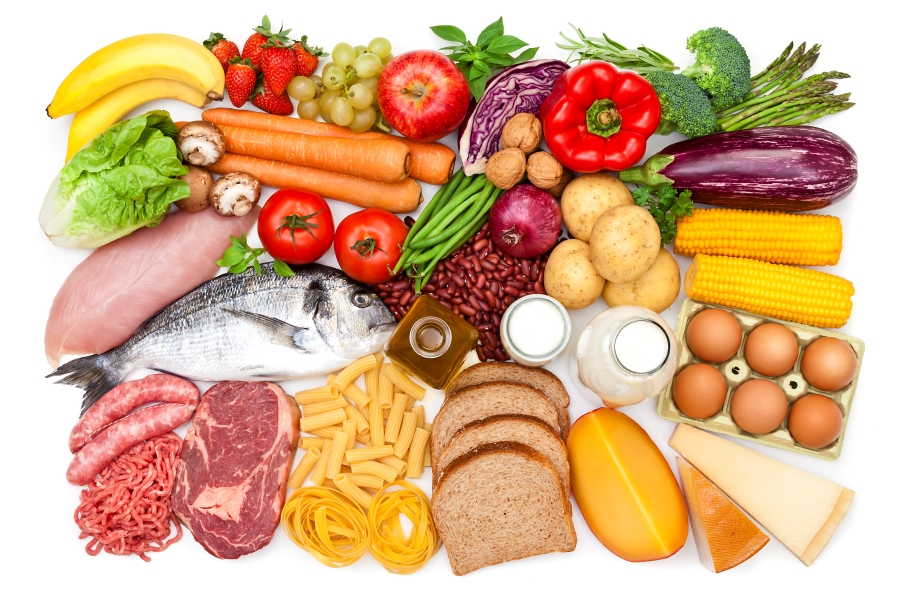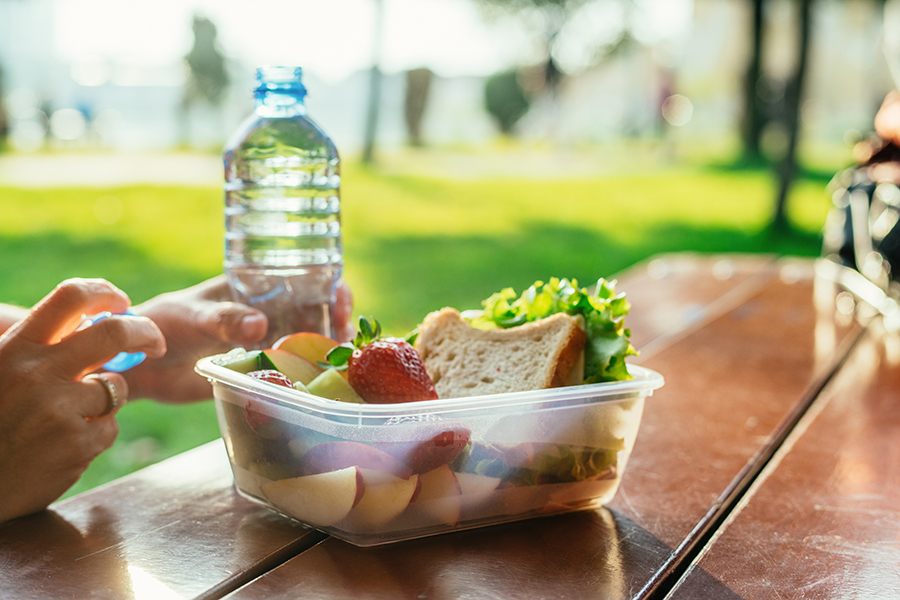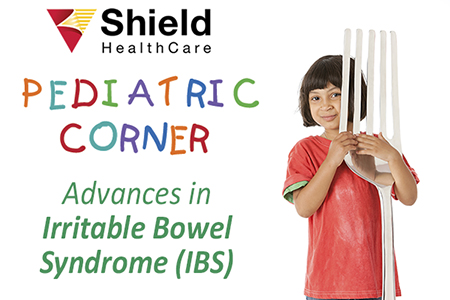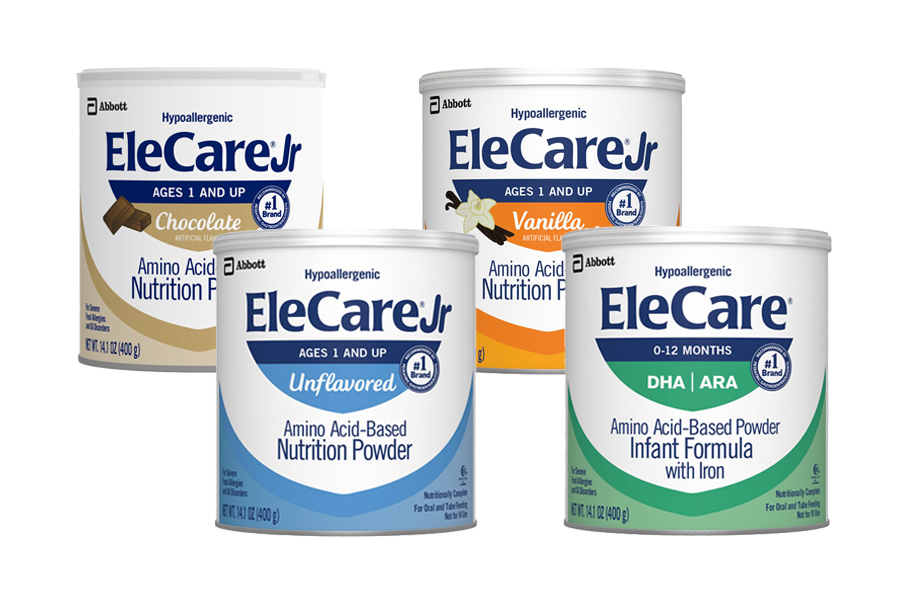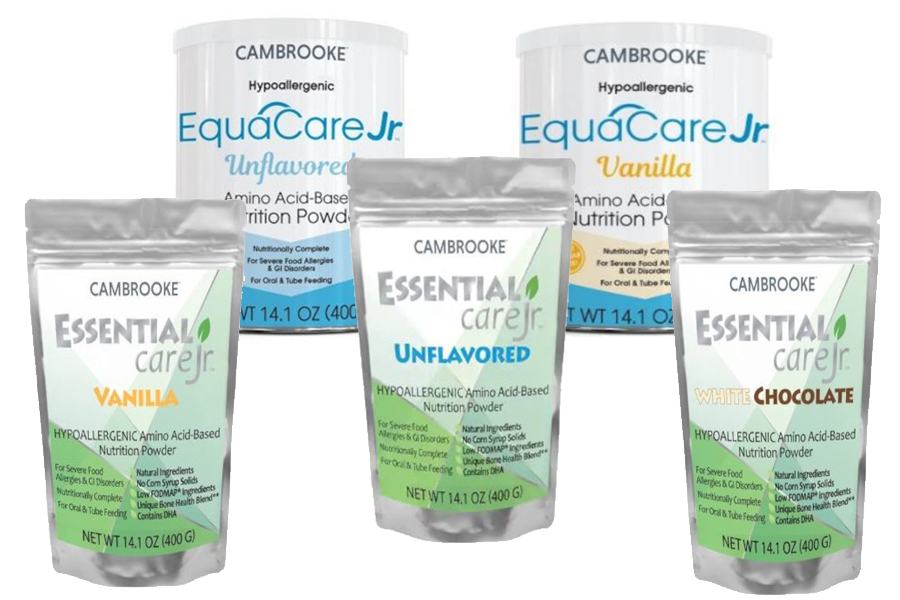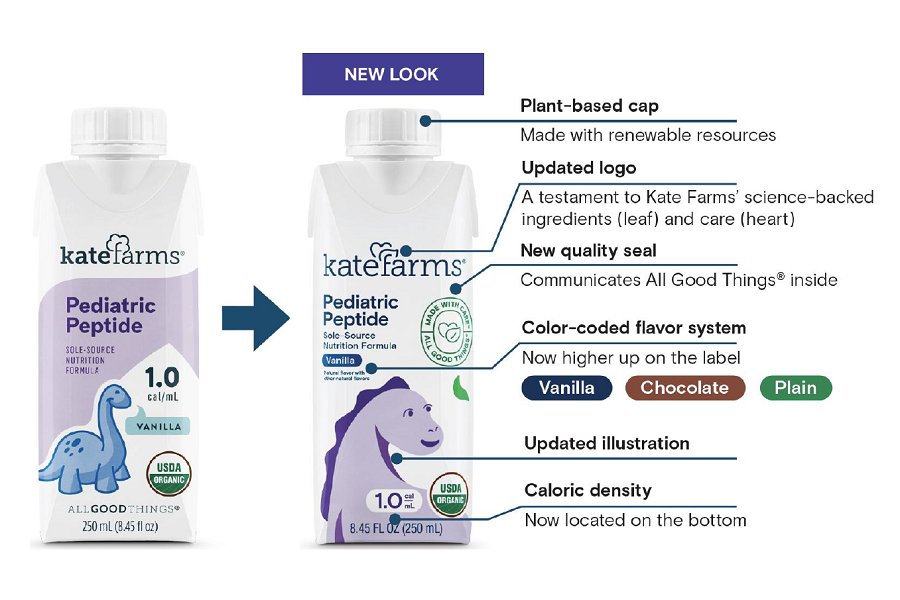Updated September 9, 2019
While childhood obesity is on the decline in some states, one in eight preschool age children are still obese. Obese children are five times more likely to become obese adults than normal-weight kids. They are also at risk for heart disease, diabetes, asthma and other problems.
You and your family can reduce your child’s risk for obesity and related conditions by eating healthy and moving more.
Eat Healthy
Fruits and Veggies
- Serve a fruit or vegetable at every meal
- A ½-cup serving is appropriate for kids 3-5 years old
- Fresh, frozen and canned fruits and vegetables without added sugar or salt are all good choices
Grains
- Provide whole grain foods with 3 grams of fiber or more per serving
- Whole wheat, whole grain pasta, brown rice, oatmeal, quinoa
- Reduce high-fat grains, like chips and French fries to once a month or less
- Limit sweet grains, like cake, donuts, granola bars and cookies
Protein
- Lean meats and poultry, fish
- Beans and peas
- Nut butters
- Fat-free or low fat milk, yogurt and cheese
- Eggs
- Limit less healthy protein sources, like chicken nuggets, fish sticks, lunch meats and hot dogs
Fats
- Choose unsaturated fats from plant sources, like canola and olive oils for cooking, nut and seed butters and avocado
- Limit saturated fats like those in full-fat dairy products and fatty cuts of beef
- Avoid trans fat by choosing foods with zero grams trans fat on the label and no partially hydrogenated oils on the ingredient list
Beverages
- Replace sugary drinks and juice with water or low fat milk
Move More
- Preschoolers need two or more hours of active play time every day
- Set a positive example by staying active yourself
- Involve the whole family: go on a weekend hike or an after-dinner walk together
- Make it fun! Download the Get Moving Today Calendar for kid-friendly ideas
Resources:










